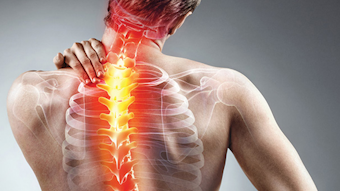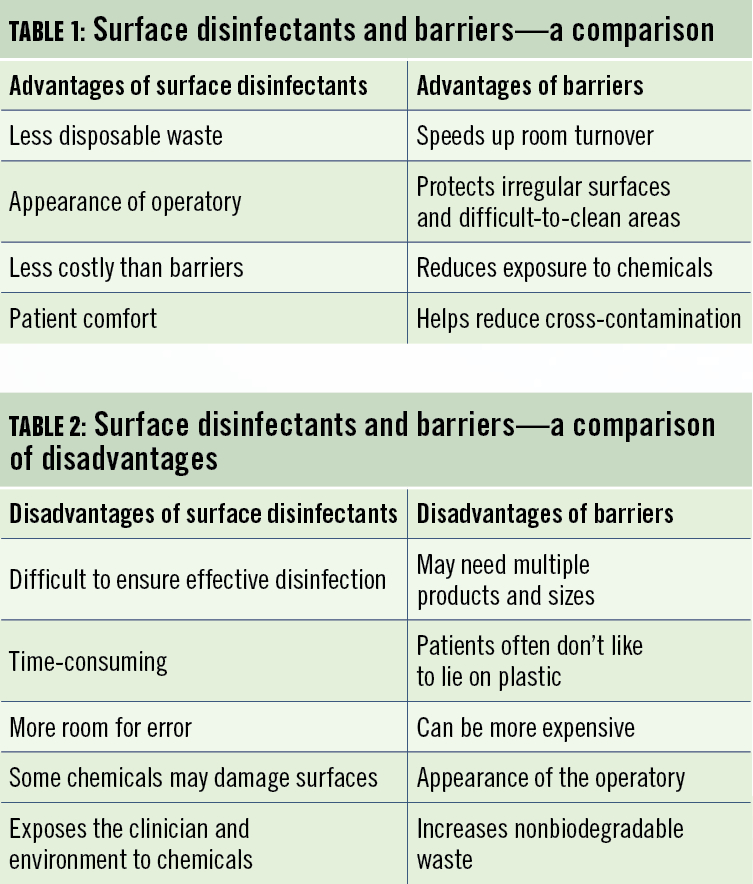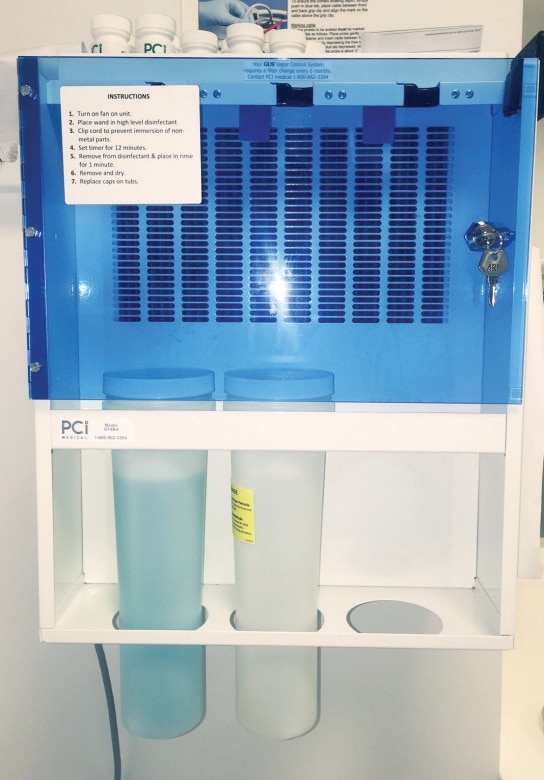A primary source of contamination occurs when a member of the dental team touches surfaces with contaminated gloves.
Why must surfaces in dental treatment rooms be disinfected and or protected with barriers.
Explain why dental treatment room surfaces need barriers or disinfection.
When these surfaces are touched microorganisms can be transferred to other surfaces instruments or to the nose mouth or eyes of dhcp or patients.
List the types of surfaces in the dental office that are typically covered with barriers.
During patient treatment the equipment and treatment room surfaces become contaminated with saliva or by aerosol containing blood and or saliva.
Why must surfaces in dental rooms be disinfected or protected with barriers.
Why must surfaces in dental treatment rooms be disinfected or protected with barriers.
Name the types of items that may be single use or reusable.
They will cause holes in the packaging.
To prevent patient to patient transmission of microorganisms.
Although hand hygiene is the key to minimizing the spread of microorganisms clinical contact surfaces should be barrier protected or cleaned and disinfected between patients.
Describe two methods to deal with surface contamination.
Why are pins staples and or paper clips not used for instrument packaging.
To prevent cross contamination some types of bacteria form capsule that serves as a protective layer that cover the cell wall which is a causative factor in cavities form such a capsule.









